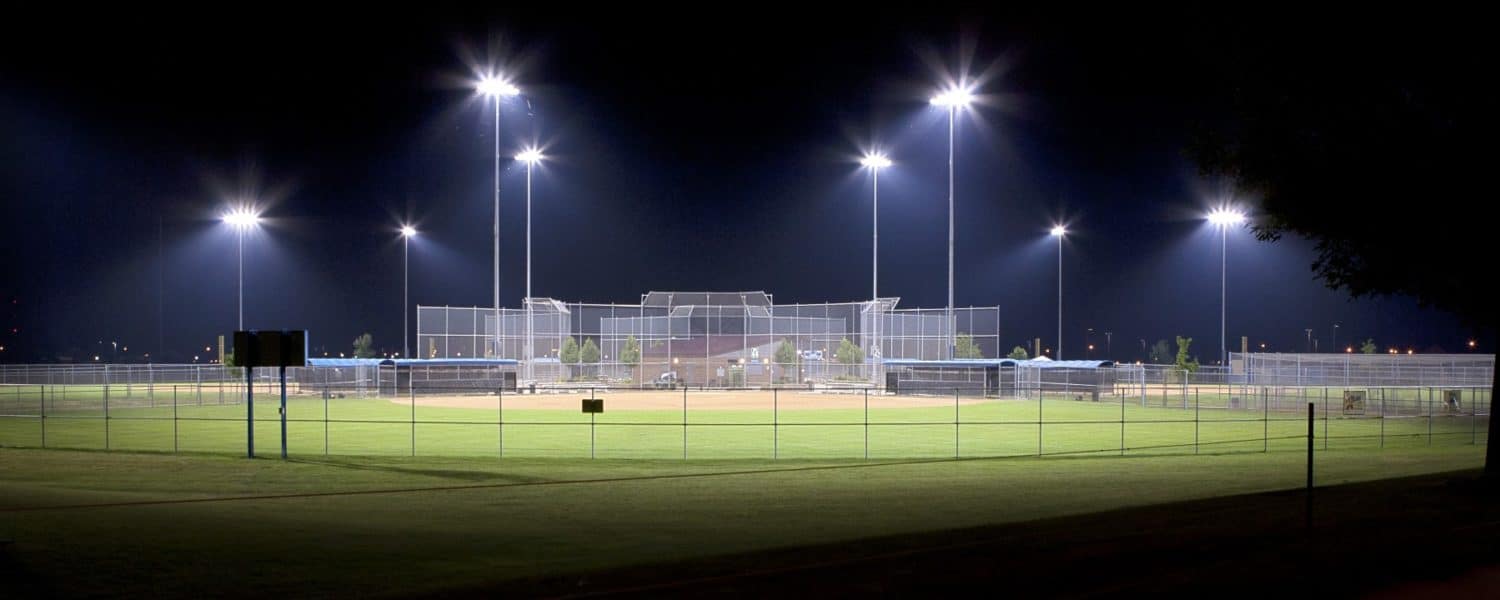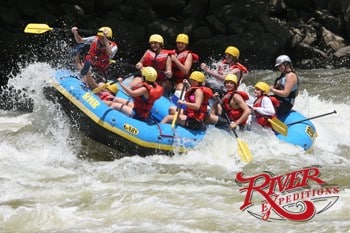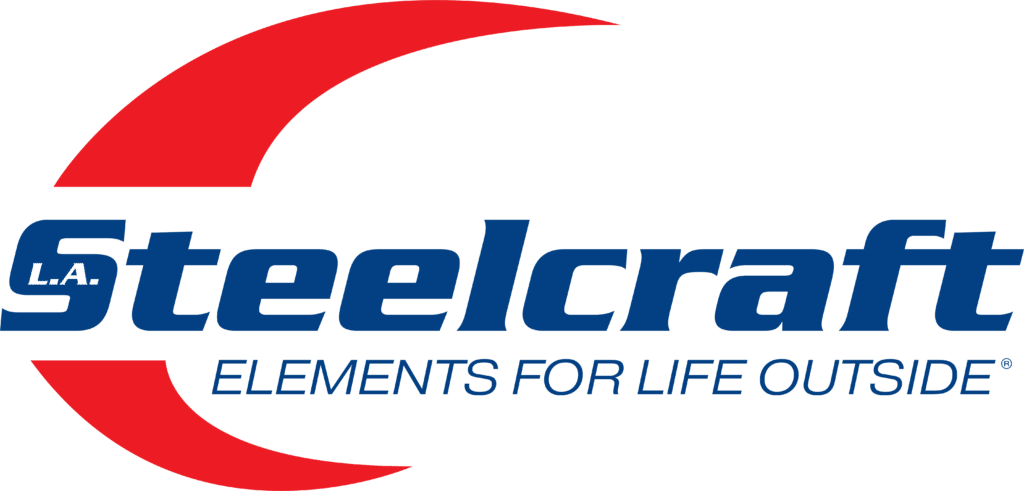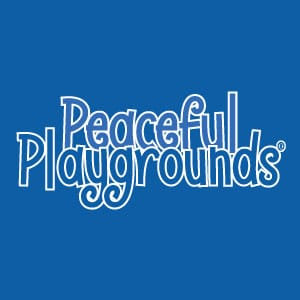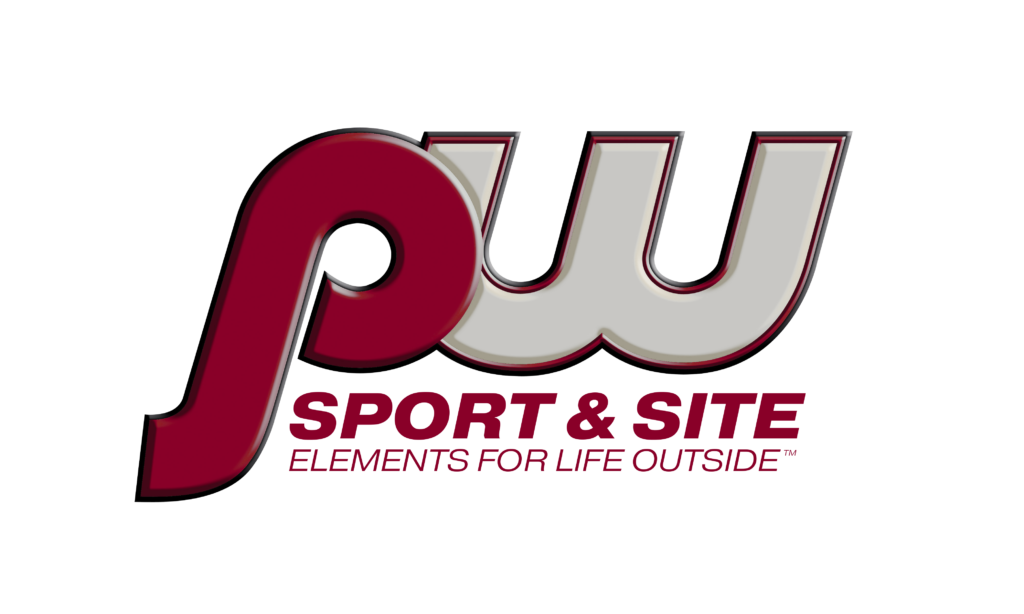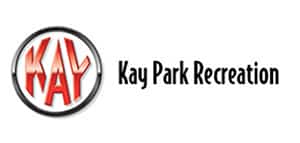According to a recent survey by the National Federation of State High School Associations (NFHS), over 7.8 million U.S. students currently participate in high school sports, breaking previous records for the 27th consecutive year.
As participation and support for every sport from soccer to football, lacrosse, and track and field continues to grow, so do the needs and expectations for athletic facilities.
“High school athletic facilities are being used more than ever before,” said Clay Schneckloth, landscape architect with Snyder & Associates, Inc. “They’re a hub of community activity, and along with that comes new demands and challenges.”
In order to stay in the game, new industry trends have risen to ensure high school athletic facilities are as user and spectator-friendly as the large, professional stadiums students aspire to play in.
Alternative Turf
For many people, an athletic playing field is simply the grassy backdrop of heated rivalries and historic victories. We often don’t stop to think of how the quality of the field can impact the game.
“Due to heavy use and rainfall, one of the biggest challenges our clients face is maintaining a functional, aesthetically pleasing playing field,” said Schneckloth. “Many events take place on the same field within a short amount of time.”
The majority of high school athletic fields are built on native soil, which is high in silt and clay with a low infiltration rate.
Unable to absorb rain, native soil fields become saturated and muddy when wet which reduces traction and stability.
Poor field conditions combined with heavy use can cause turfgrass failure and game cancellations until the field recovers.
Sand-capped fields provide a popular, cost-effective turf alternative allowing the field to drain quickly and withstand frequent use. As a result, many schools are switching to alternative turf options such as synthetic or sand-capped fields.
With a synthetic field, there’s no need to worry about stress to the turf, but it’s also quite expensive, notes Schneckloth.
By adding four inches of a sand and topsoil mix right below the turf surface, sand-capped fields provide another popular and more cost-effective turf alternative that allows the field to drain quickly and withstand frequent use.
Lighting Technology
For decades, large, metal halide lights have loomed over high school athletic facilities, boldly illuminating the field long after nightfall.
But as LED technology becomes more affordable, professional sports stadiums are making the switch in droves with high school athletic fields following suit.
“LEDs are still more expensive initially, but the cost of long-term maintenance is lower and they offer greater longevity and increased functionality,” said Schneckloth.
With at least five minutes needed until metal halide lights warm up and reach maximum brightness, the amount of energy consumed and wasted is quite high. LED lights, with a reported energy savings of 65 to 85 percent, turn on instantly.
In addition, they offer a more uniform source of light similar to sunlight which increases safety, visibility, and broadcast quality.
Touting a host of benefits, the use and popularity of LED technology on high school athletic fields isn’t limited just to field lights.
With the ability to do animations, replays, and advertising, “many fields are also switching to LED scoreboards,” said Schneckloth.
Cohesive Design
Dull, cold concrete block and plain steel athletic facilities are becoming a thing of the past as more emphasis is being given to creating warm, inviting community spaces.
“From a finishing standpoint, a cohesive, custom theme throughout the facility is something to strive for,” stated Schneckloth. “By introducing new elements, a much more appealing environment is created.”
In order to do so, logos and team colors are now becoming a part of benches, trash receptacles, signage and more.
Vinyl coated or decorative picket fencing is being used in place of standard galvanized fence.
Restrooms and concession stands are taking on a new look with the use of tile and soft lighting in place of concrete blocks and fluorescent lights.
Little details can go a long way in making a unique space people enjoy, noted Schneckloth, saying, “Even something as simple as decorative concrete or pedestrian pathway lighting can make a difference.”
Enhanced Experience
As the number of students participating in high school sports continues to increase, so does the number of spectators and the time spent at athletic facilities.
Time spent can range from a few hours to an entire weekend in the event of a tournament.
“Providing amenities for people to relax, play, and enjoy themselves is a nice feature, and it enhances the spectator experience,” said Schneckloth.
Wi-Fi stations have quickly become popular with the rise of smartphones and other technology.
By incorporating Wi-Fi into the press box or light pole locations, users are able to quickly and easily connect to the facility’s Internet system.
Playground equipment and areas where people can congregate out of the sun and away from the elements such as open shelters provide added value and functionality.
In addition, shade trees and canvas canopies can be placed throughout the venue to create smaller spaces for groups to gather.
In order to get to and from the game, trail connectivity has become a frequent request. Traffic before and after games are a frequent concern.
“Trails provide a safe, efficient alternative,” noted Schneckloth. “And because it’s available, it encourages families to get out and be active.”
This information is courtesy of Snyder & Associates, Inc., www.snyder-associates.com. Nearly 40 years since its inception, Snyder & Associates has grown to become the largest civil engineering and planning firm in central Iowa, with locations throughout the Midwest.


